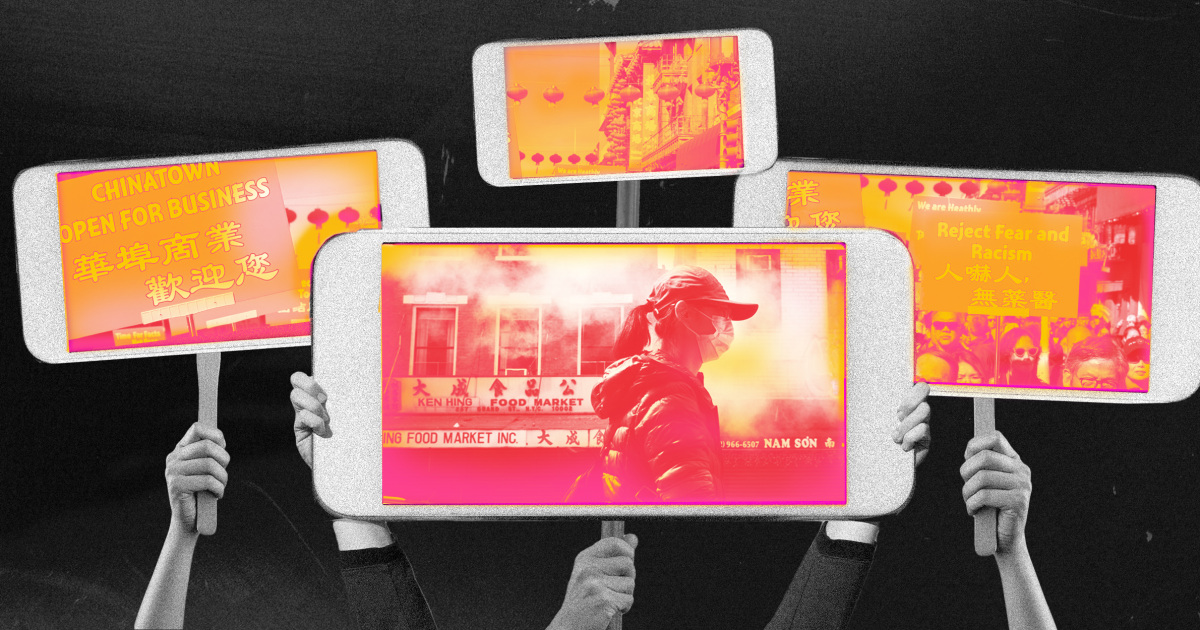Stop AAPI Hate, for example, allows people to document incidents of prejudice in an online form, which can be accessed at any time on a phone or laptop. Compared to a hotline, the method is more economical and less intimidating for those who may not feel comfortable discussing traumatic experiences with others.
Some experts, however, say it is so important to consider the limits of digital platforms, which are often more adept at eliciting emotional reactions than facilitating difficult healing talks.
“Asians have had a harder time proving racism in large part because, in general, people still don’t know the history and struggles of Asian Americans,” said Stewart Kwoh, president emeritus of Asian American Advancing Justice-Los Angeles, a civilian human rights organization that has been tracking anti-Asian hate incidents since the 1990s. “This is the overwhelming problem that we have to face as a society.”
Although social media has been “a game changer to establish the extent of the problem,” he said, it has been less effective in providing answers.
In recent weeks, some experts have criticized celebrities who have asked their followers to help identify and arrest those guilty of anti-Asian attacks, arguing that the approach could encourage vigilantism and increase policing in black communities. Local leaders also raised concerns about a large contingent of social media users who labeled many high-profile attacks as “hate crimes”, despite having no evidence that they were racially motivated.
Because anti-Asian racism comes in many forms, Kwoh said, efforts to combat it cannot depend on law enforcement alone. Physical assaults, in fact, constitute a small part of the prejudice incidents reported to Stop AAPI Hate. Seven out of 10 cases involve verbal harassment, such as name calling. A multifaceted strategy to keep Asian Americans safe, he continued, should include stronger enforcement of civil rights and funding for agencies such as the Department of Housing and the Commission on Human Relations.
But such nuances, Kwoh said, are not easily captured on social media, and prejudice can be difficult to prove.
To more accurately assess the causes and growth of anti-Asian incidents, Nguyen said, “we need more detailed data about the Asian community as a whole, with more media attention on the reason for these problems.”
There must also be a change in culture, she said, that begins with the implementation of more education initiatives.
On TikTok, Asian-American teenagers responded to that call by posting incisive explanations of the long history of anti-Asian xenophobia and the way in which seemingly innocuous micro-aggressions can easily lead to violence.
But the effort, said Nguyen, must go beyond social media. Integrating Asian-American studies into public school curricula is crucial, she said, because “it’s hard for people to empathize with our pain if they don’t know our stories.”
